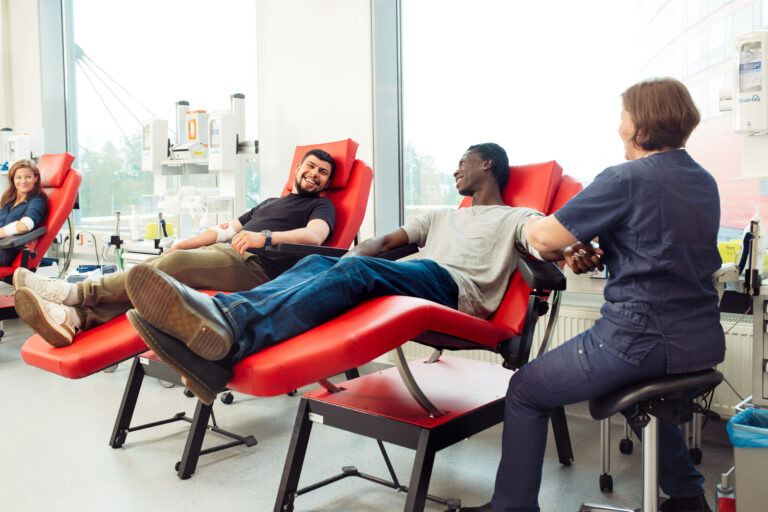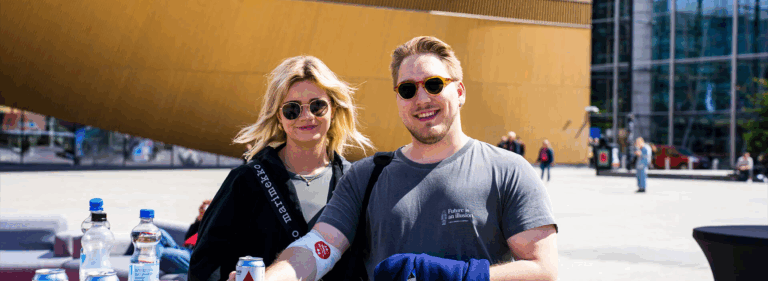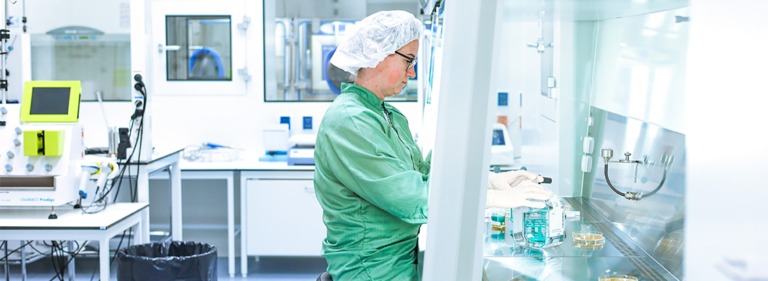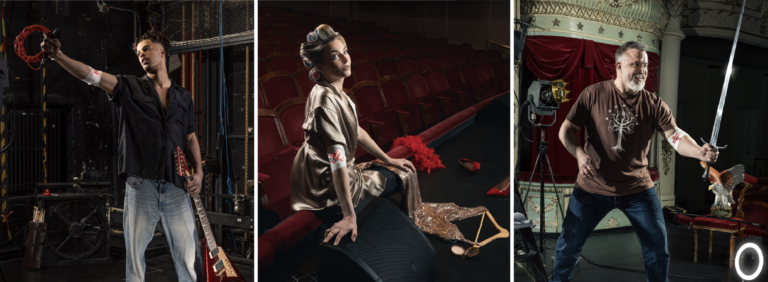New tissue typing methods for stem cell and organ transplantation applications
In organ and stem cell transplantation, the compatibility of the tissues between the patient and the donor plays an important role in the success of the transplantation. As part of the research for her doctoral dissertation, Tiira Johansson and her collaborators have developed new laboratory methods to support the research on tissue typing and cancer treatment.
In organ transplantation, a damaged or missing organ, such as a kidney or the heart, is replaced by a functioning organ. In blood stem cell transplantation, haematopoietic stem cells of a patient with a malignant blood disorder are replaced with new ones. Both transplanted organs and blood stem cells are obtained from donors.
In both procedures, the tissue compatibility between the patient and the donor is critical to the success of the transplantation. This is because the patient’s immune system identifies incompatible tissue as an invader and tries to destroy it, which can be fatal.
The main factor determining the compatibility of transplants is the similarity of the HLA molecules, which are located on the cell surface. HLA molecules act as a key regulator of the immune system. Various hereditary forms of HLA molecules are also strongly linked to an individual’s predisposition to developing an immune system disorder, such as type 1 diabetes (juvenile diabetes) and rheumatism.
For her doctoral dissertation, Johansson and her collaborators developed new laboratory methods for studying the differences in the expression of the HLA molecules produced by HLA genes in both healthy blood cells and cancerous tissue. The team found significant differences in the expression levels of different HLA molecules. In cancer tissue, medication was also found to have an impact on the expression levels of HLA molecules.
These findings may play a significant role in determining the compatibility of HLA gene variants in organ and stem cell transplants. In addition, the findings can be used to develop methods to identify good target tissues, which express HLA molecules strongly, for immune cell therapy.
Doctoral defence on 25 November
Tiira Johansson will defend her doctoral dissertation titled RNA-based next generation sequencing approaches in HLA genotyping and HLA expression quantification at 12 noon on Friday 25 November 2022. Organised by the University of Helsinki, the doctoral defence will be held at the Haartman Institute, Lecture Hall 2, Haartmaninkatu 3, Helsinki. Read more here.
The dissertation has been conducted in collaboration between researchers of the Finnish Red Cross Blood Service and the University of Helsinki.



